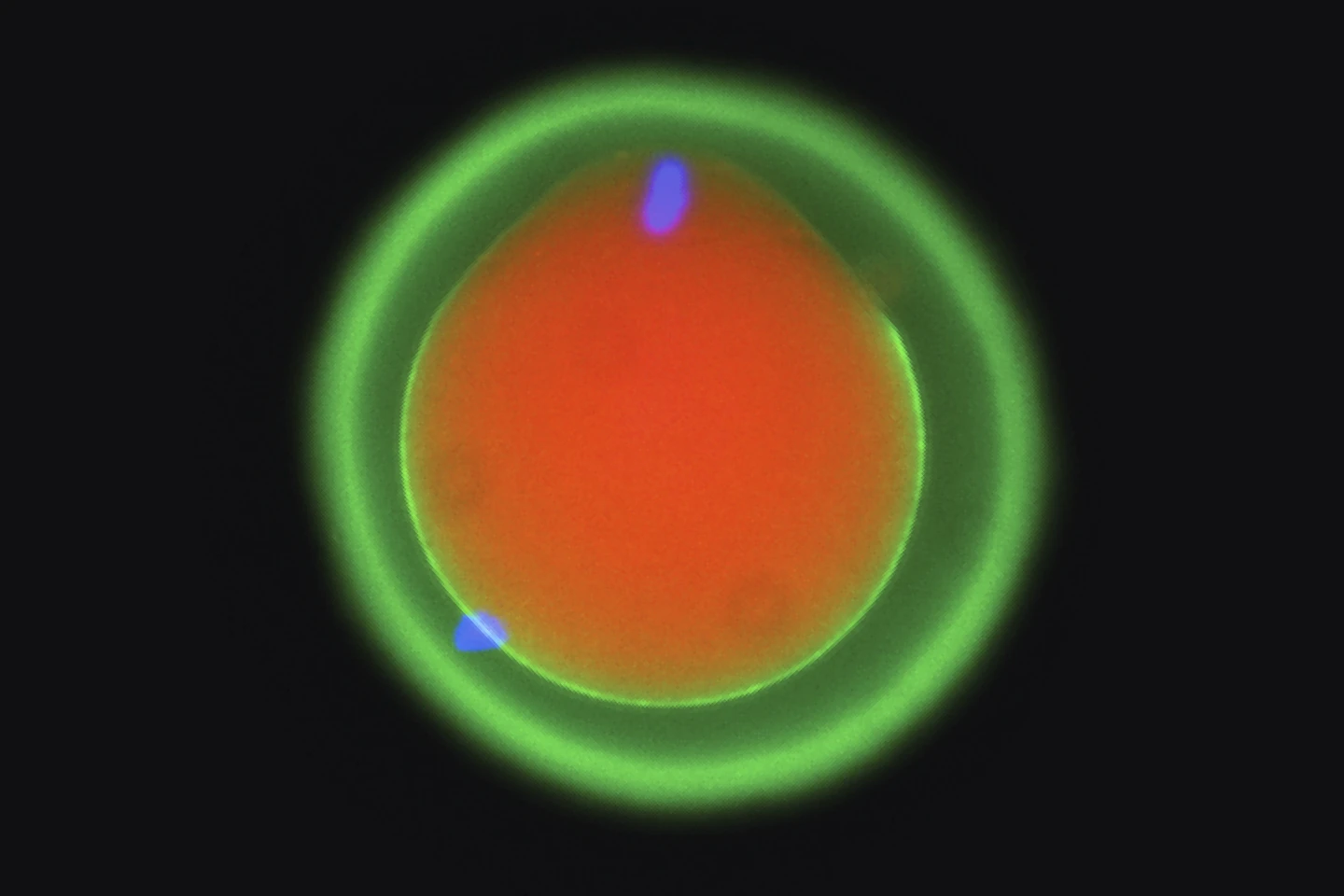MI weekly selection #576

The evolution of human starch digestion
A gene that allows modern human mouths to break down starch into sugar likely mutated hundreds of thousands of years ago, say two papers that track the evolution of the salivary amylase gene AMY1 in great detail. A study in Science estimates AMY1’s first duplication was 800,000 years ago, while the Nature article suggests it was at least 279,000 years ago; both link a surge in copies of the gene to the rise of agriculture.
Full Story: Science
How sperm attaches to egg
Vertebrates reproduce through a process in which three proteins on the sperm combine to unlock the egg like a key and attach to it, scientists have discovered in studies of mice, zebrafish and human cells, describing the long-mysterious mechanism that allows egg and sperm to recognize each other. The work, reported in Cell, has added a third protein to two previously known proteins with help from AlphaFold, a Google DeepMind AI tool that garnered this year’s Nobel Prize in chemistry for its developers.
Full Story: The Associated Press
Scientific papers with AI reference get cited more often
Scientific papers with titles or abstracts referencing certain AI approaches were more often one of the top 5% most-cited works in their field, according to an analysis of tens of millions of papers that showed various levels of enthusiasm about AI tools among different fields. Published in Nature Human Behavior, the study showed that researchers from historically underrepresented groups in science didn’t get the same boost in citations as their peers. Computer science, mathematics and engineering used AI most often, with history, art and political science having the lowest rates of use.
Full Story: Nature
Earth’s meteorites may have come from just a few impacts
Just a few collisions of asteroids between Jupiter and Mars yielded about 70% of the meteorites on Earth, two papers in Nature report, describing impacts from about 500 million years ago to less than 8 million years ago. Knowing meteorites’ origin could illuminate the beginnings of the solar system, researchers say, but the homogeneous information could paint a biased picture.
Full Story: Science News
Short activity bursts burn more energy than steady states
People who walk or climb stairs in short bursts burn 20% to 60% more energy than those who cover the same distance in one continuous session, pathophysiologists write in the Proceedings of the Royal Society B. The researchers say the difference is due to the body’s higher energy use in working up to a steady pace than in maintaining it.
Full Story: PhysOrg